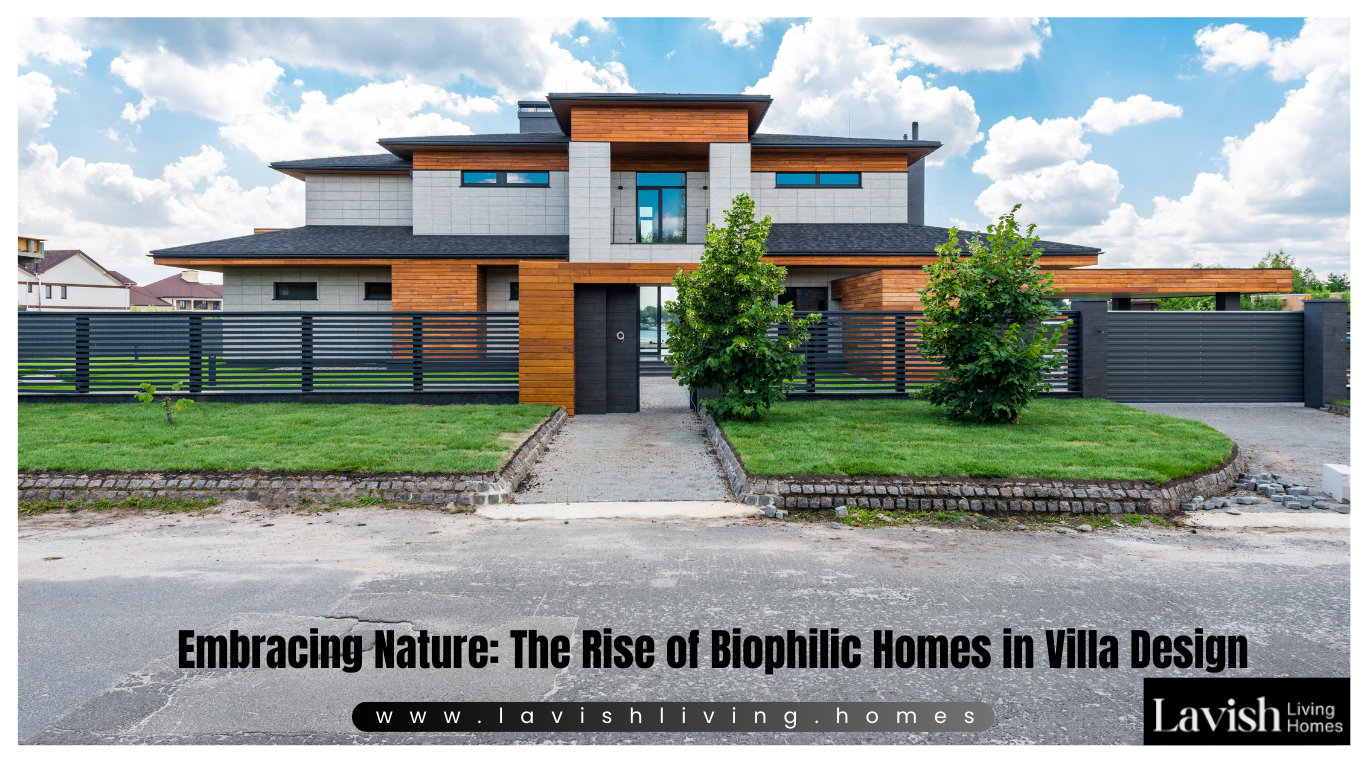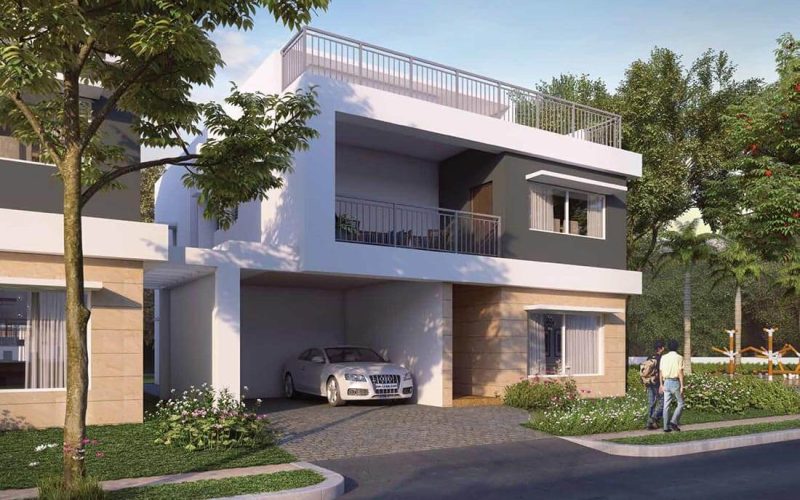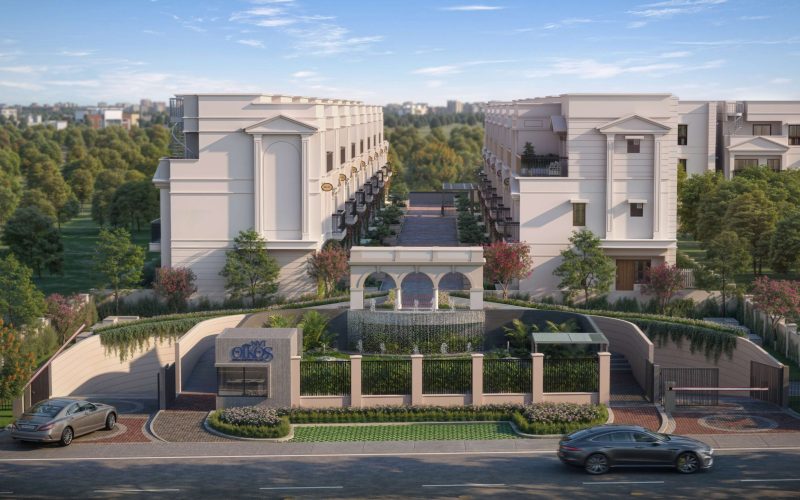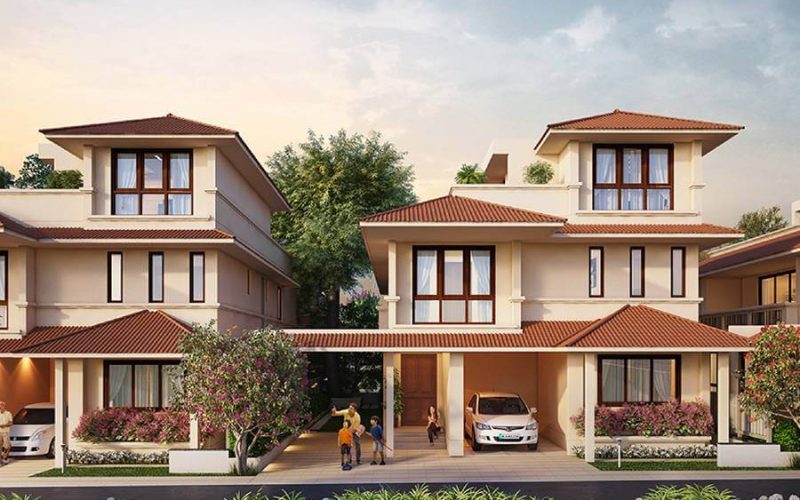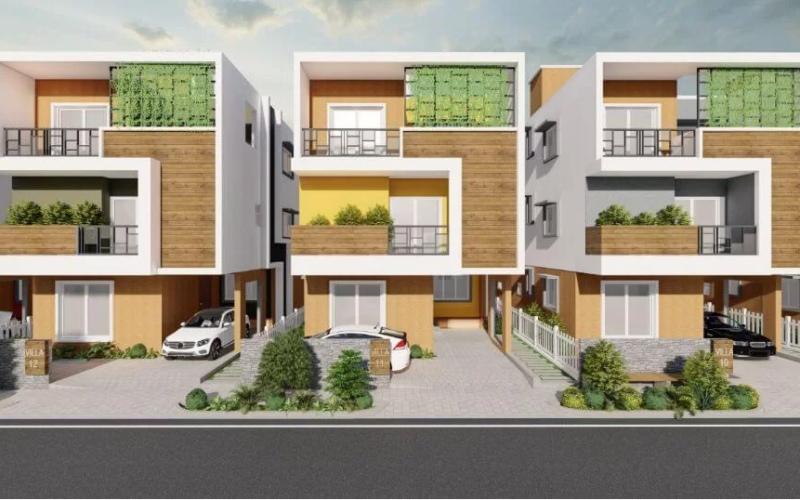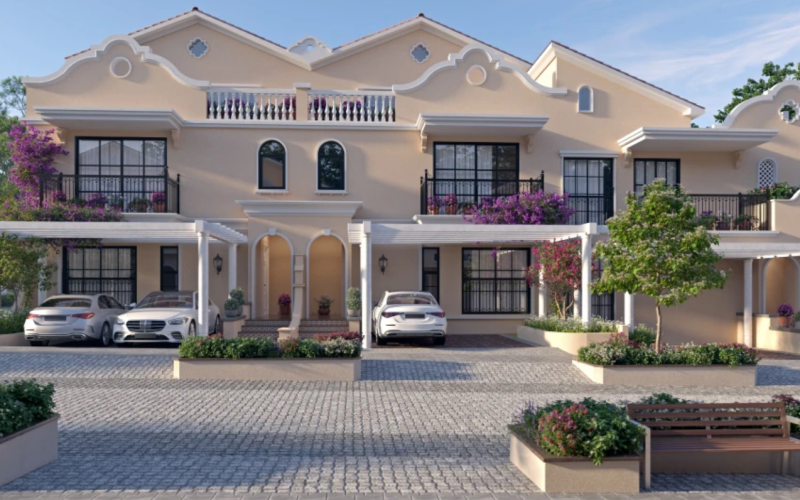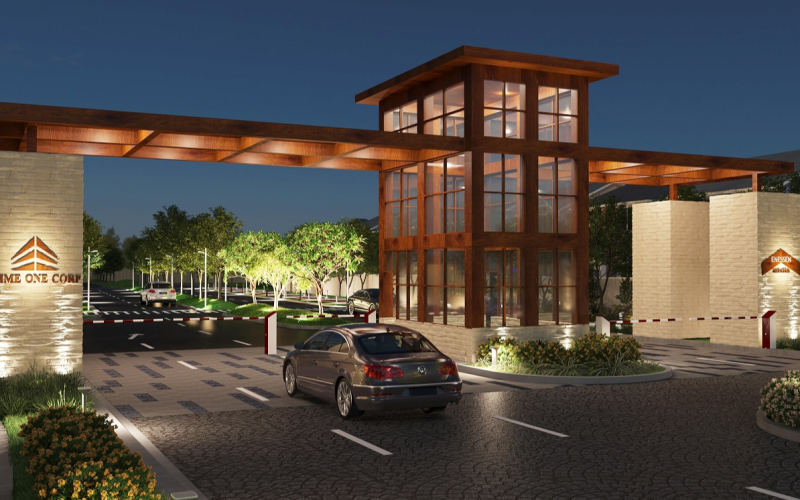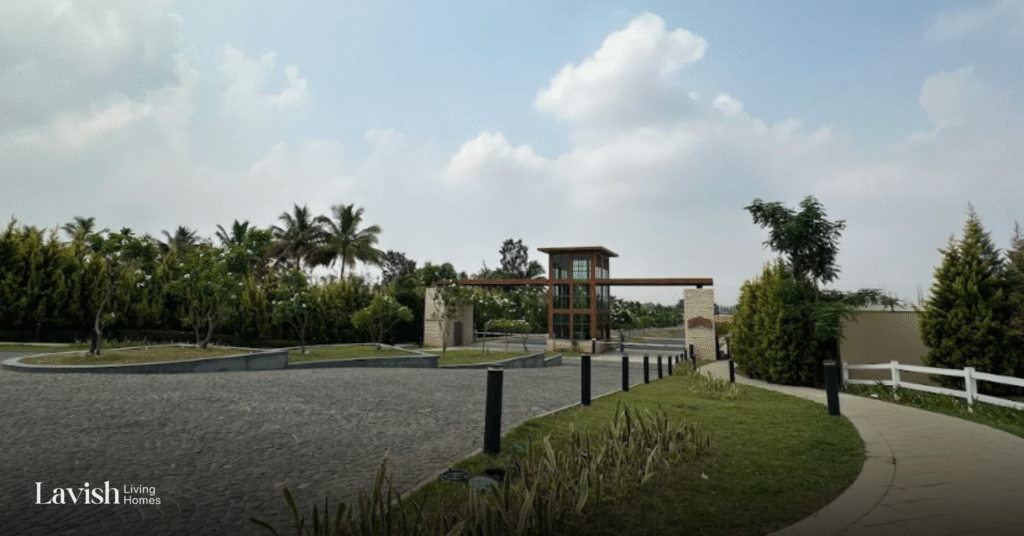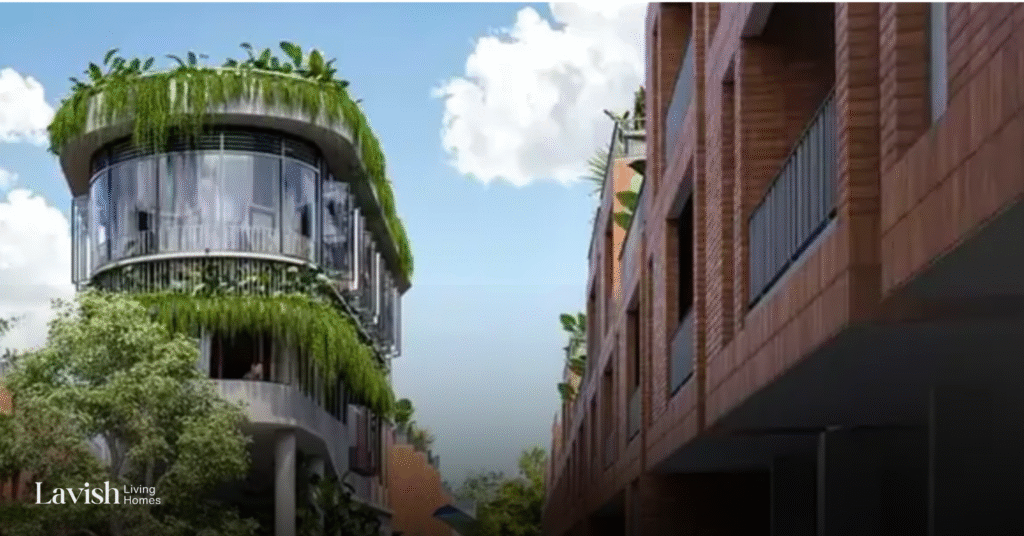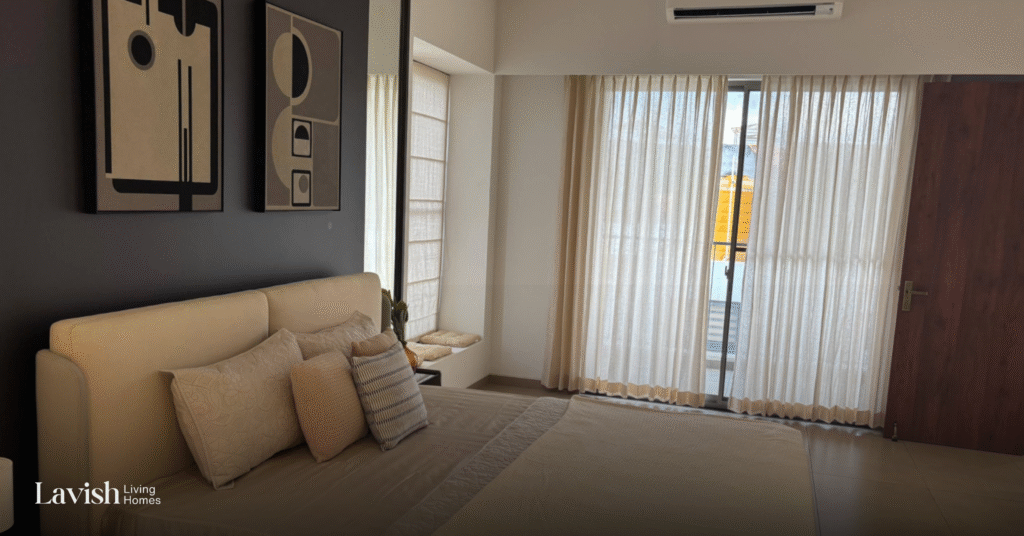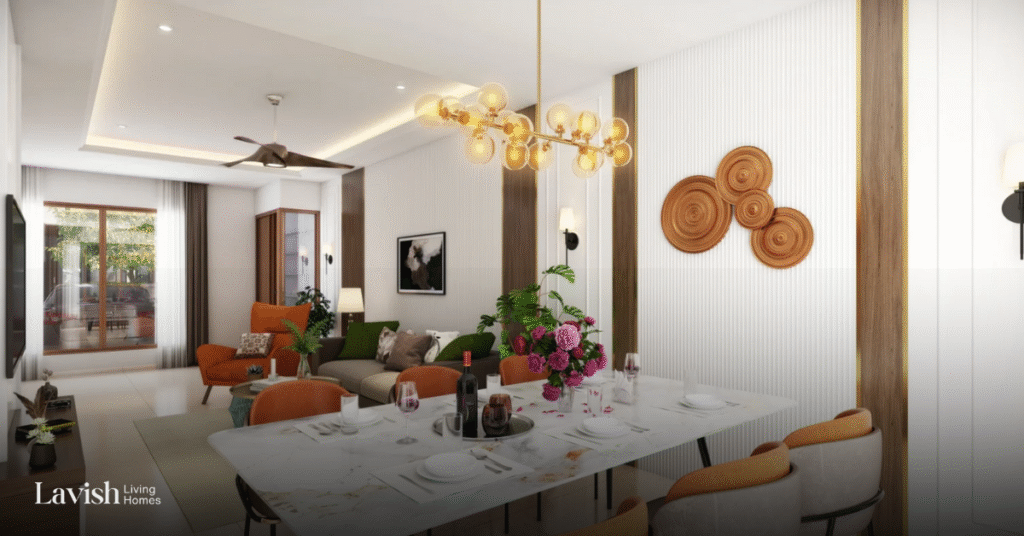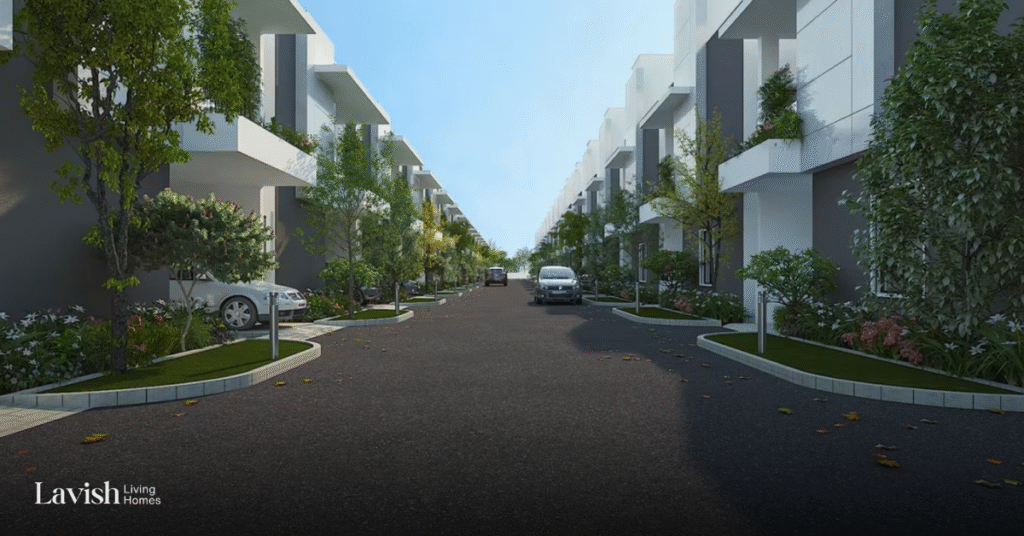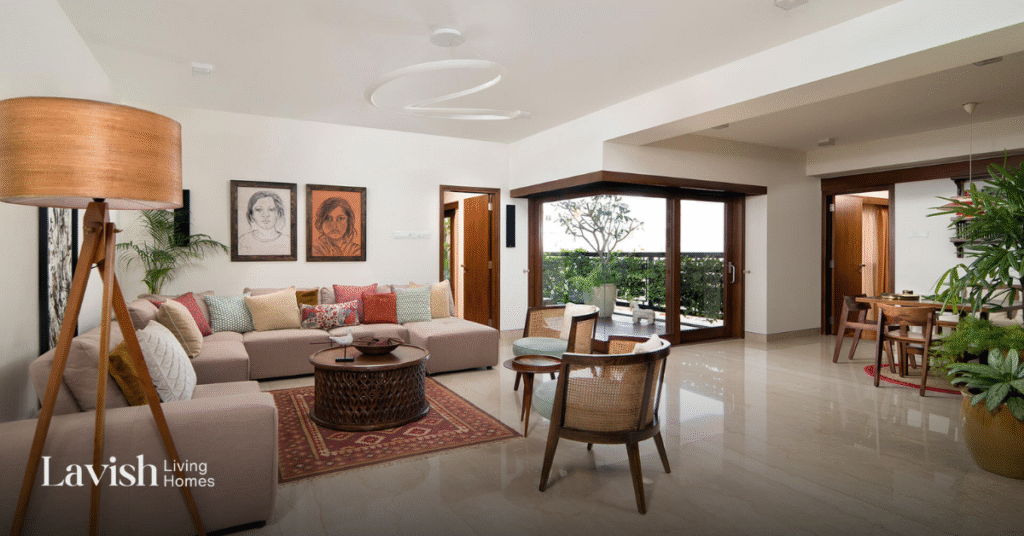Embracing Nature: The Rise of Biophilic Homes in Villa Design
In recent years, there has been a growing trend towards incorporating nature into our living spaces, known as biophilic design. This innovative approach to architecture and interior design aims to strengthen our connection with the natural environment, creating healthier and more sustainable living spaces. Biophilic homes are now becoming a popular choice in villa design, offering numerous benefits for residents. Let’s explore the origins, advantages, and benefits of biophilic homes.
The Origins of Biophilic Design
The term “biophilia” was popularized by biologist E.O. Wilson in the 1980s, describing humanity’s innate attraction to nature and natural processes. However, the concept of integrating nature into our built environment has been around for centuries. Ancient civilizations, such as the Greeks and Romans, often incorporated gardens and natural elements into their architectural designs. In the modern era, biophilic design began gaining traction in the 20th century, with architects and designers recognizing the importance of creating spaces that promote well-being and environmental sustainability.
Advantages of Biophilic Homes
Biophilic homes offer numerous advantages, making them an attractive option for villa design:
- Enhanced Well-Being:
- Stress Reduction: Exposure to natural elements has been shown to reduce stress levels and promote relaxation.
- Improved Mental Health: Natural light, greenery, and natural materials can improve mood and cognitive function, leading to better mental health.
- Healthier Living Environment:
- Air Quality: Incorporating plants and natural ventilation can improve indoor air quality, reducing the risk of respiratory issues.
- Natural Light: Maximizing natural light reduces the need for artificial lighting, promoting better sleep patterns and overall health.
- Sustainability:
- Energy Efficiency: Biophilic design often incorporates energy-efficient features, such as solar panels and green roofs, reducing the carbon footprint.
- Resource Conservation: Using sustainable materials and natural resources helps conserve energy and reduce waste.
- Aesthetic Appeal:
- Natural Beauty: Integrating natural elements, such as wood, stone, and greenery, enhances the aesthetic appeal of a home, creating a serene and inviting atmosphere.
- Unique Designs: Biophilic homes often feature unique and innovative designs that blend seamlessly with the natural surroundings.
Benefits of Biophilic Homes
- Improved Physical Health:
- Exposure to natural light and greenery can boost the immune system, increase physical activity, and promote overall health.
- Enhanced Productivity:
- Natural elements and well-lit spaces have been shown to improve concentration, creativity, and productivity, making biophilic homes ideal for remote work environments.
- Stronger Connection to Nature:
- Biophilic homes foster a sense of connection to the natural world, encouraging residents to spend more time outdoors and appreciate the environment.
- Increased Property Value:
- The unique features and sustainable design of biophilic homes can increase property value, making them a wise investment for homeowners.
Conclusion
Biophilic homes represent a harmonious blend of modern living and nature, offering numerous advantages and benefits for residents. As the demand for sustainable and healthy living spaces continues to grow, biophilic design is set to become a cornerstone of villa architecture. By embracing nature, biophilic homes create environments that nurture well-being, promote sustainability, and enhance the overall quality of life.

